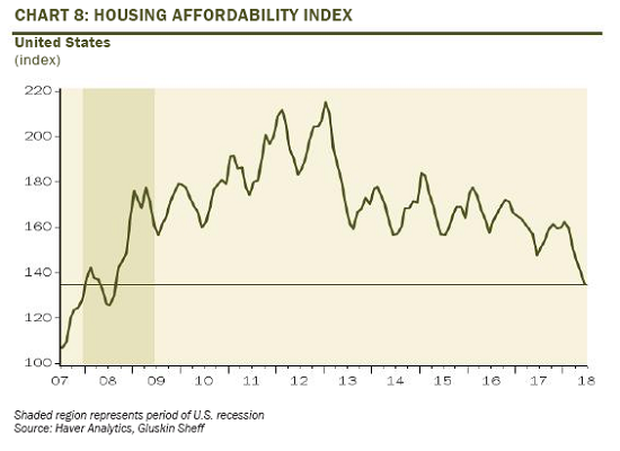
NEW YORK—OneKey MLS reported a 2.50% decrease in the closed median residential sale price between September and October 2022 in its nine-county Hudson Valley/New York City regional market area.
For October 2022, OneKey MLS reported a regional closed median sale price of $585,000, representing a 2.50% decrease as compared to the reported $599,999 in September 2022.
Between September and October 2022, closed regional sales transactions, including residential, condo, and co-op sales, decreased to 4,762 from 5,330, representing a 10.70% month-over-month decline.
Six of nine counties reported a decreased closed median sale price in a month-over-month comparison, while two counties reported an increased median price, and one reported no change. The following counties reported decreases in their closed median sale price: Rockland ($532,500, -14.10%), Sullivan ($252,000, -6.50%), Westchester ($620,000, -4.00%), Nassau ($675,000, -3.60%), Bronx ($585,000, -1.70%), and Orange ($385,000, -1.30%)
Putnam ($482,450, +5.10%) and Queens ($690,000, +1.50%) reported an increased closed median sale price, while Suffolk County ($550,000, 0.00%) reported no change.
Pending sales for the Hudson Valley region totaled 1,600 as compared to 2,200 at the same time last year, a decrease of 27.3%. Sales were down in all Hudson Valley counties and in the Bronx. Westchester saw a 20.20% decrease in home sales in October as compared to October 2021; Putnam County posted an 18.50% decrease; Orange County closed sales were down 15.40%; Rockland County’s closed home sales activity fell 38.60% and Sullivan County registered a 13% decline in closed sales. The Bronx saw a 14.50% decline in closed residential home sales last month.

Long Island Market
The October 2022 closed median home price for Long Island, which includes Nassau, Suffolk, and Queens housing data recorded on OneKey MLS, was $618,250, which represents a 3.00% increase over last year’s reported median home price of $600,000.
Nassau County reported a $675,000 closed median home price in October, representing a 3.90% increase over the $650,000 closed median home price reported by the MLS last year. Suffolk County reported a closed median home price of $550,000, representing a 6.20% increase from $517,750 reported on the MLS in October 2021. Queens reported a closed median home price of $690,000, representing no change as compared to the closed median price reported on the MLS in October 2021.
The total number of available residential listings in October 2022 on the MLS was 12,164, which was down 1.00% as compared to the reported available inventory in September 2022.
Jim Speer, CEO OneKey MLS, said, “Home prices across our region are starting to decline as they’re being impacted by unpredictable market conditions. Buyers facing borrowing rates currently hovering around 7.00%, more than double the rates a year prior, are revisiting their buying choices because their purchasing power may have shifted. Gone are the days of the frenzied market.”
OneKey MLS, the largest MLS in New York, aggregates the real estate transactional data from nine counties making up the regional MLS coverage area, and reports individually on each county represented. The infographic demonstrates month-over-month closed median home price comparisons for the region.
For further detailed statistical information about residential, condo, and co-op sales transactions, please visit https://www.onekeymls.com/market-statistics
OneKey MLS, made possible by the merger of MLSLI and Hudson Gateway MLS, is one of the nation’s leading Multiple Listing Services, serving more than 45,000 Realtor subscribers and 4,300 participating offices throughout Long Island, Manhattan, and the Hudson Valley.
read more…
realestateindepth.com/news/






